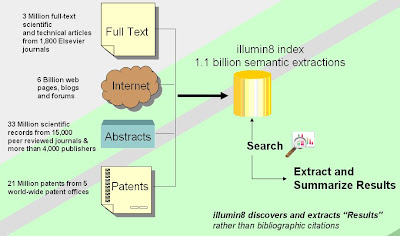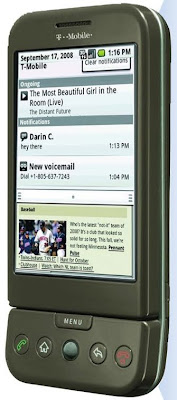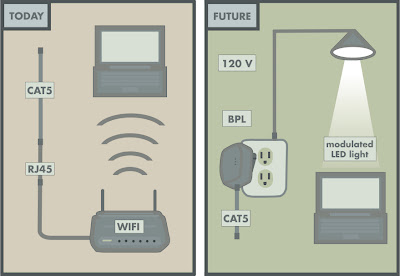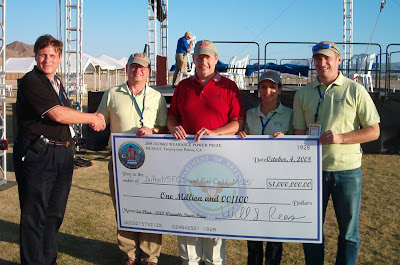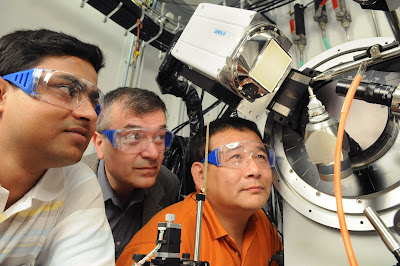
Chinese taikonauts orbiting the Earth last month took with them a five-inch electronic paper display made by Hanwang Technology Co. The crew of the Shenzhou-7 orbital flight took notes, read books and listened to recordings on the e-paper display, called the Hanvon eBook, said Bangjiang Wang, general manager of Hanwang Technology (Beijing). The Hanvon N510 used an electrophoretic display from E-Ink Corp. (Cambridge, Mass.). Based on E-Ink's technology, the notepad-size display measures 11-mm thick, weighs six ounces, provides 15 days of standby power. It can be read at any viewing angle using normal reflected light.
Text: http://www.eetimes.com/showArticle.jhtml?articleID=211800510
